Research Article
Habitat Ecology of Himalayan Musk Deer (Moschus chrysogaster) in Manaslu Conservation Area, Nepal
National Trust for Nature Conservation, Annapurna Conservation Area Project, Pokhara, Nepal
Achyut Aryal
Ecology and Conservation Group, Institute of Natural Sciences, Massey University, New Zealand
Raj Kumar Koirala
Tribhuvan University, Institute of Forestry, Pokhara, Nepal
Yajna Prasad Timilsina
Tribhuvan University, Institute of Forestry, Pokhara, Nepal
Xiuxiang Meng
College of Life and Environmental Sciences, Minzu University of China, Beijing 100081, China
Fiona McKenzie
Ecology and Conservation Group, Institute of Natural Sciences, Massey University, New Zealand









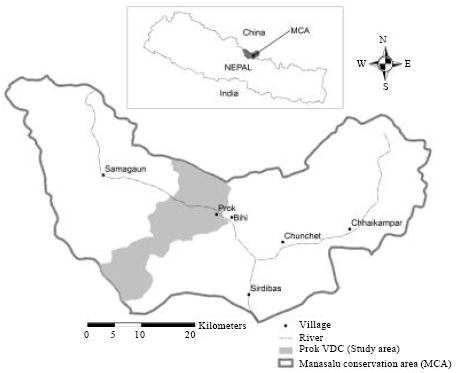

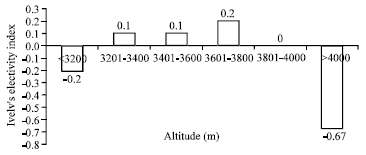

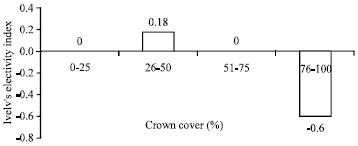
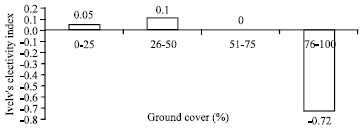
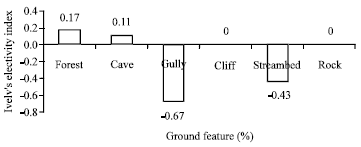


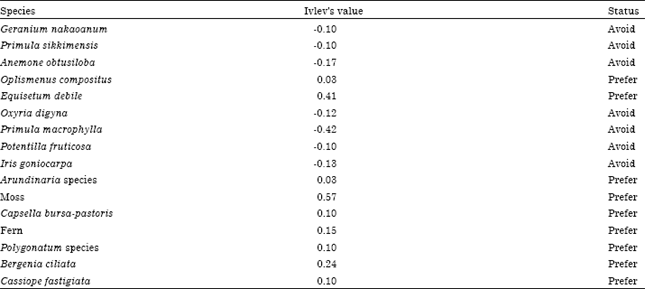
Jo Ann Rust Reply
I am looking for as much information as is known about this animal for a book. Whatever you can send me would be most helpful.
Thank you,
Jo Ann Rust
Ashok Subedi
Please send me your email then I will attach the material that I have.
Thank you
Bal Kumar Nepali Reply
Dear sir,
I'm in search of more information about this species.I would be thankful If you help me by sending me the related articles about this animal for my bachelor degree thesis. I'm a resident of the gorkha district and wwf scholarship recipient.So I would to conduct my thesis research on the species found in MCA.This is my e-mail ID *****************.